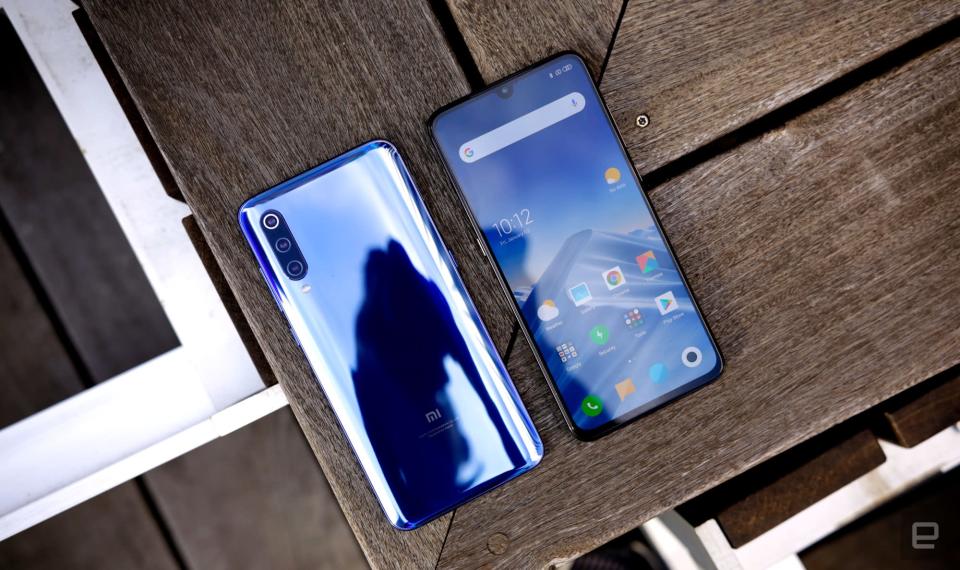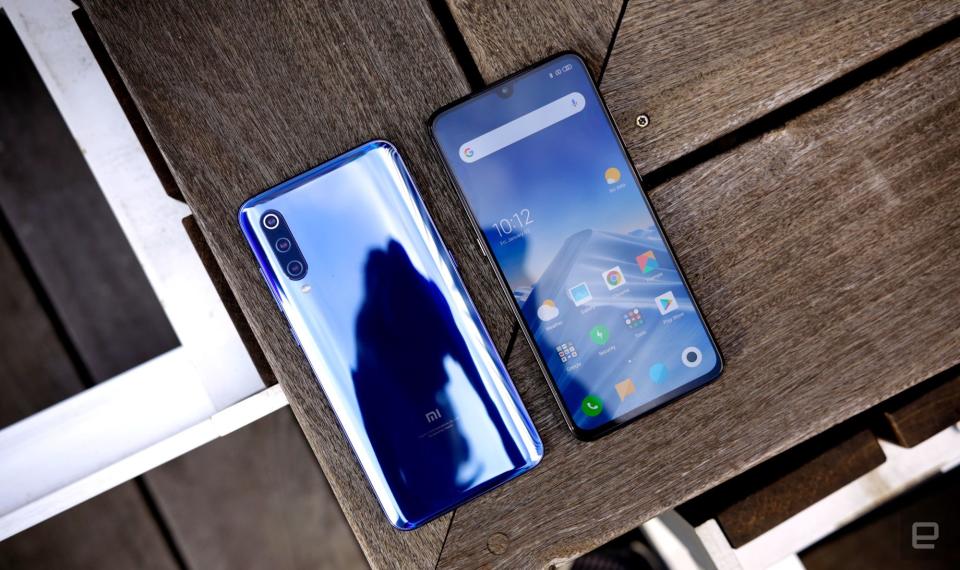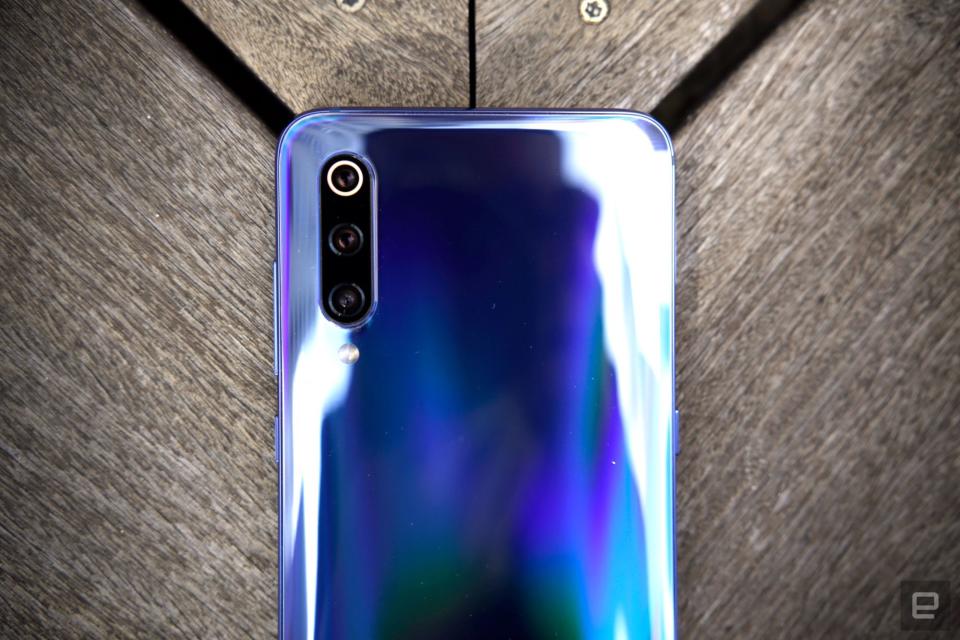Xiaomi Mi 9 hands-on: Speedy, stylish and a great camera, too
Don't bother waiting for it to come to the US, though.
Xiaomi officially pulled back the curtain on its new Mi 9 in China a few hours ago, but a flashy presentation only ever tells you so much. Sure, the top-level stuff seems solid enough: there's a Snapdragon 855 with either 6GB or 12GB of RAM inside, plus a bright and beautiful 6.39-inch AMOLED display running at 2340x1080, all wrapped up in a lovely, curved glass body. But what's it like to actually use? Well, we got the chance to (very briefly) go hands-on with the company's new flagship, and it already seems like the kind of phone I wish would make its way stateside.
Part of that is because of just how damned nice the thing feels. This is the first time Xiaomi has gone with a fully curved glass back on one of its smartphones, and it helped the Mi 9 settle really nicely into my hands. And while it doesn't feature the same sort of attention-grabbing looks that rival Huawei excels at, the standard Mi 9 comes in iridescent black, blue and violet finishes that catch light in some highly pleasing ways. Of course, another model very quickly puts these finishes to shame.
The real showstopper here is the more premium transparent model — the ersatz components under the rear glass in no way reflect what's actually going on inside the phone, but as eye-candy it's plenty appealing. Oh, and in case you were wondering: a Xiaomi spokesperson told Engadget that if the translucent back offered a real look at the components inside the body, we'd just be looking at heat shielding. That might not be the most thrilling of glimpses we'd get at a phones guts, but at least it would be genuine.
It's no surprise that the Mi 9 is also plenty fast, though at this point, it can be hard to tell exactly how fast. The Snapdragon 855 is a brand new chipset, and we simply haven't had enough time to push it to its limits yet. That said, it still felt remarkably snappy as I whizzed through Xiaomi's occasionally overbearing MIUI, and that's got to count for something. What few moments of lag I encountered were probably due to the phone's not-quite-final software, but we'll report back once we've been able to take the completed build for a spin.

Perhaps the phone's biggest draw sits high on the phone's glossy back: Xiaomi's first triple camera system, with one of Sony's 48-megapixel IMX586 sensors as the centerpiece.
This isn't the first time we've seen this high-resolution camera in action — Huawei's Honor View 20 used it, too — but the same general theory applies. By default, the camera treats multiple pixels on the sensor as one, so most of the time you'll be shooting crisp, surprisingly vivid 12-megapixel stills.
You can always switch modes and shoot full-blown 48-megapixel images, but it's probably best not to; while they're noticeably more detailed, I wouldn't say the resulting images are necessarily nicer to look at than the standard 12-megapixel shots. Unlike the Honor View 20, there's no AI-enhanced clarity mode here, but no matter — the handful of stills I shot frankly looked good enough that I never missed it. For what it's worth, DxOMark is also already saying the Mi 9's main camera is one of best out there, though I have to wonder how that ranking will hold up since basically everyone has access to that same Sony sensor.

Of course, that 48-megapixel beast isn't alone: it's joined by a 12-megapixel telephoto camera with an f/2.2 aperture, and its 2x optical zoom was helpful for snapping a few long-range shots from a New York City rooftop.

I've always found wide-angle cameras more useful than telephoto cameras, though, and the Mi 9's 16-megapixel wide sensor seemed plenty capable, too. (Granted, that's partially thanks to a bit of machine learning that automatically corrects barrel distortion at the fringes of the frame.) I do wish this sensor could capture a little more of the vistas in front of it, though — its field of view is 117 degrees wide, which is a bit narrower than wide-angle cameras found on some of its competitors.
Sadly, there were a few flourishes I wasn't able to test at all. The Mi 9 apparently packs some tweaks to optimize video in the popular app TikTok, which I guess is great if you're 14 years old and flush with enough cash to buy one of these things. And more importantly, the phone comes with an 18W charger in the box that Xiaomi says should be powerful enough to fully charge a Mi 9 in under an hour. Considering the phone's svelte profile meant the company could only squeeze a 3,300mAh battery inside, this added bonus is sure to come in handy more often than not.
I'll be blunt: while Xiaomi still says it wants to find its footing in the United States, there's basically no chance the Mi 9 will wind up here in any official capacity. It shouldn't be long before we figure out when Xiaomi's latest starts to make the rounds out of its native China, though — the company has a press event right before MWC officially kicks off, so we'll have more of those juicy global launch details in just a few days.

























